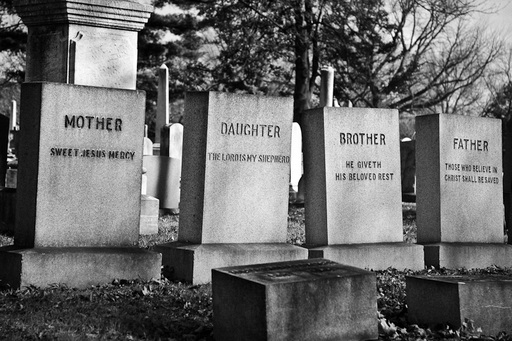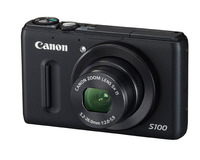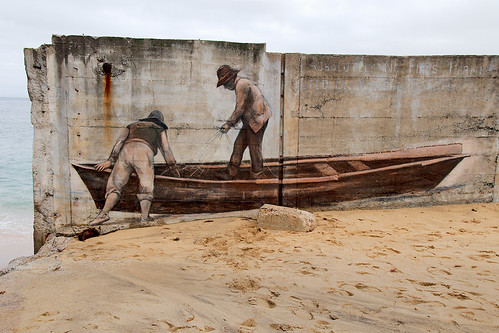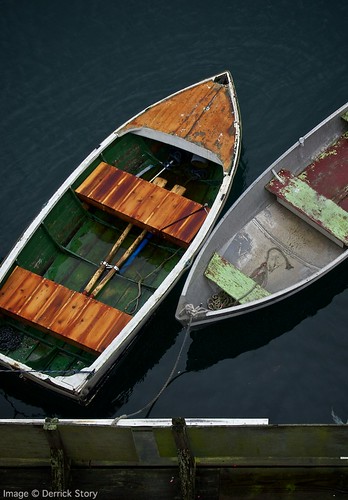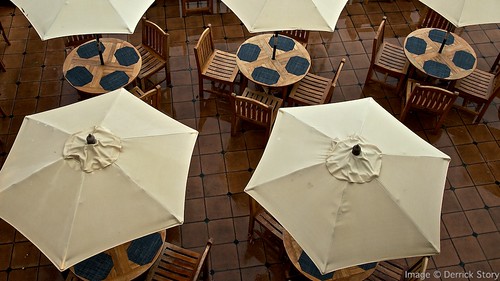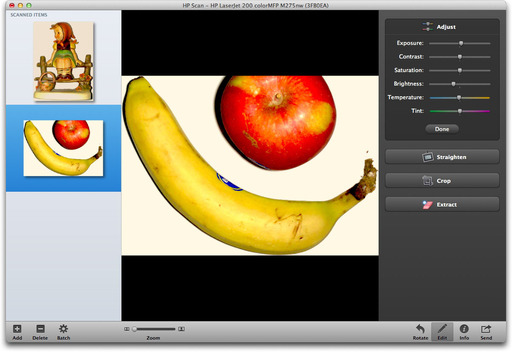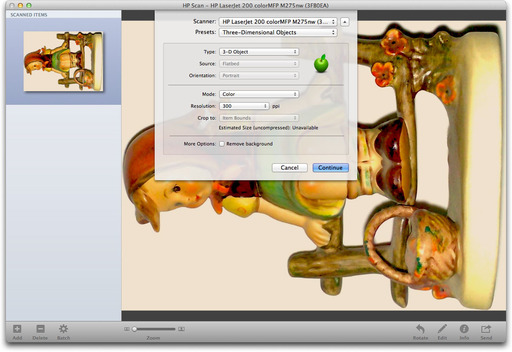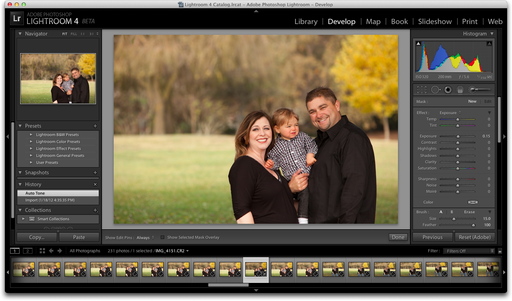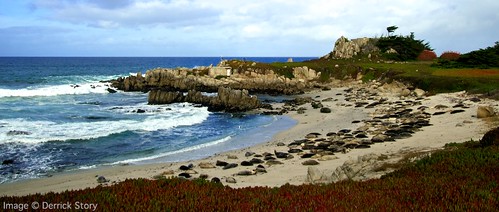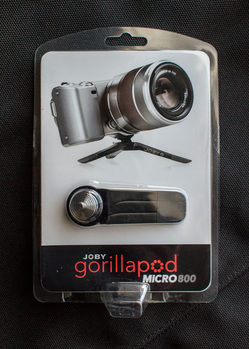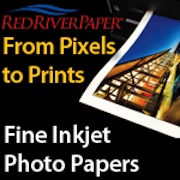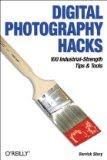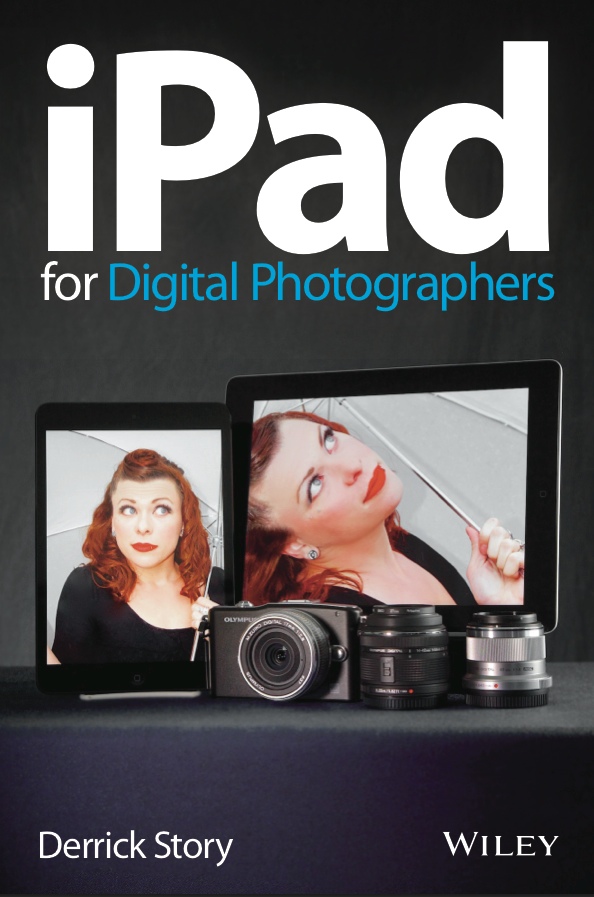For the Dec. '11 Photo Assignment, TDS shooters looked close to home for exploring the theme Family. One of the things I enjoy most about this gallery are the captions that accompany the images. Make sure your read them as you view the pictures. And which one will be the SizzlPix Pick of the Month?
Photo by Fred S. Brundick. To see all of the other terrific shots from Dec., visit the Family gallery page.
Participate in This Month's Assignment
The Feb. 2012 assignment is "Rule of Thirds." To qualify, the entry image should take advantage of the rule of thirds in its composition. Details can be found on the Member Participation page. Deadline is Feb. 29, 2012.
Please follow the instructions carefully for labeling the subject line of the email for your submission. It's easy to lose these in the pile of mail if not labeled correctly. For example, the subject line for this month's assignment should be: "Photo Assignment: Feb. 2012." Also, if you can, please don't strip out the metadata. And feel free to add any IPTC data you wish (These fields in particular: Caption, Credit, Copyright, Byline), I use that for the caption info.
Good luck with your Feb. assignment, and congratulations to all of the fine contributors for December.
-
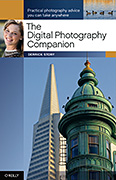 Now Available! The Digital Photography Companion. The official guide for The Digital Story Virtual Camera Club.
Now Available! The Digital Photography Companion. The official guide for The Digital Story Virtual Camera Club.
- 25 handy and informative tables for quick reference.
- Metadata listings for every photo in the book
- Dedicated chapter on making printing easy.
- Photo management software guide.
- Many, many inside tips gleaned from years of experience.
- Comprehensive (214 pages), yet fits easily in camera bag.
Technorati Tags: digital photography, The Digital Story, Photo Assignment
